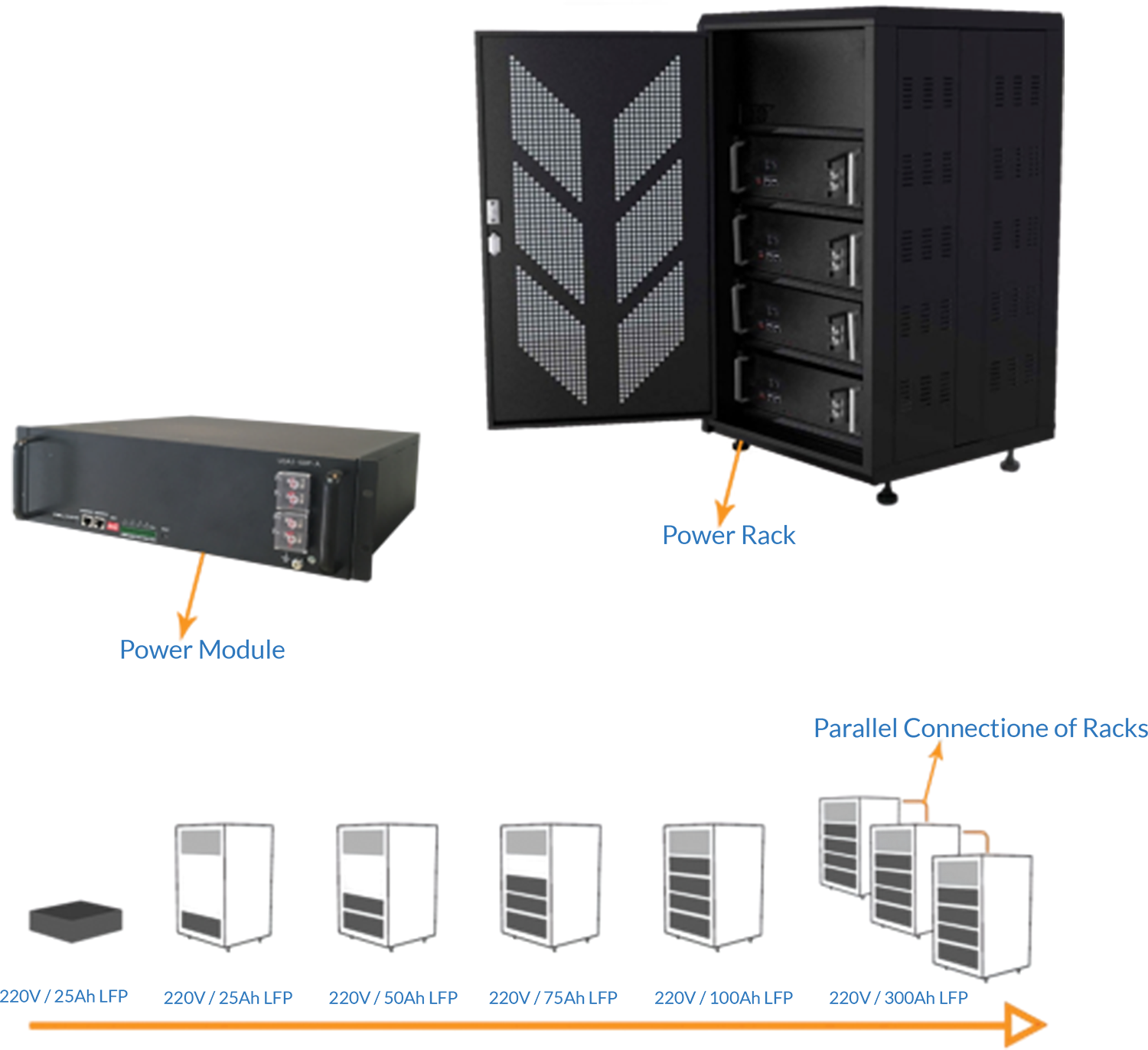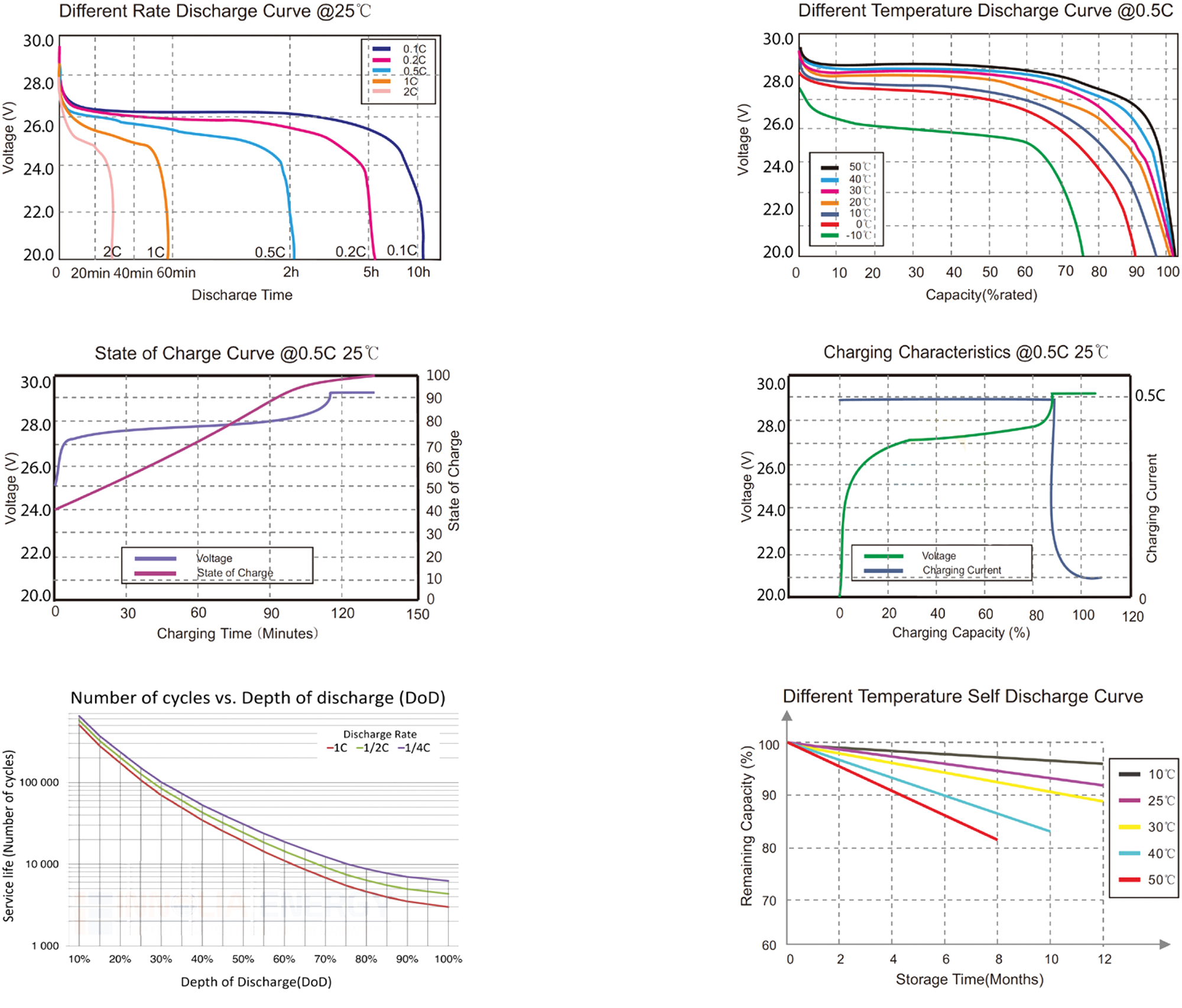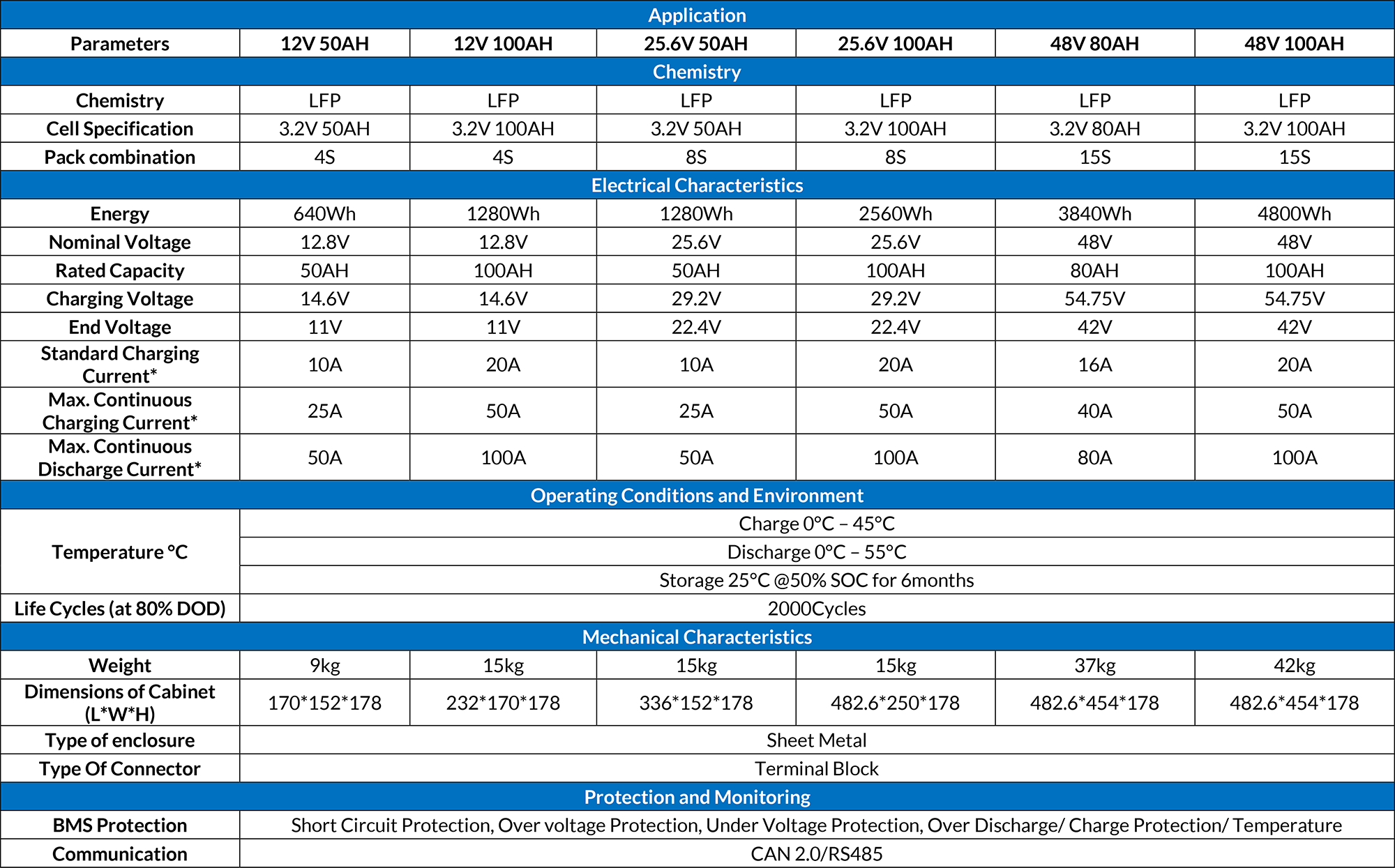
LiFePO4 Introduction
- The LiFePO4 battery uses a lithium-ion-derived chemistry and shares many advantages with other lithium-ion battery chemistries.
- LFP chemistry offers a longer cycle life than other lithium-ion approaches.
- Like nickel-based rechargeable batteries (and unlike other lithium ion batteries), LiFePO4 batteries have a very constant discharge voltage.
- Along with the good safety characteristics of LFP batteries, this makes LFP a good potential replacement for lead-acid batteries in applications such as automotive and solar applications, provided the charging systems are adapted not to damage the LFP cells through excessive charging voltages, temperature-based voltage compensation, equalization attempts or continuous trickle charging The LFP cells must be at least balanced initially before the pack is assembled and a protection system also needs to be implemented to ensure no cell can be discharged below a voltage of 2.5 V or severe damage will occur in most instances.

- The use of phosphates avoids cobalt’s cost and environmental concerns, particularly concerns about cobalt entering the environment through improper disposal.
- LiFePO4 cells experience a slower rate of capacity loss. Compared to other lithium chemistries, LFP experiences much slower degradation when stored in a fully charged state. This makes LFP a good choice for standby use.
- One important advantage over other lithium-ion chemistries is thermal and chemical stability, which improves battery safety.


The average life span of a VRLA battery is 4-6 years in ideal conditions.LFP battery life span is 10-15 years in nearly all conditions.Long life barreries reduce the burden and cost of down time and maintenance.

LFP batteries can be charged/discharged over more than 2500 times versus 200-400 charges/discharges for standard VRLA batteries.

LFP batteries have over 5 times the energy density and take up about 1/3 the space of a VRLA based solution that delivers the same power.This means power in the same or smaller footprint.

A smaller footprint translates to reduced cooling requirements as well as about a two third reduction in weight.This offers the installation flexibility needed by many IT departments.

Other than the obvious,that LFP batteries do not use lead,there are many other “green” benefits of lithium.Lithium batteries require less charing time and power, need to be replaced less often,and take less energy to produce and transport.

Lithium units can withstand working trmperatures up to 60C.Where VRLA battery life is reduced due to increase in temperature.
Lithium Battery - Power Rack :

Charts & Curves :

Technical Specification :
